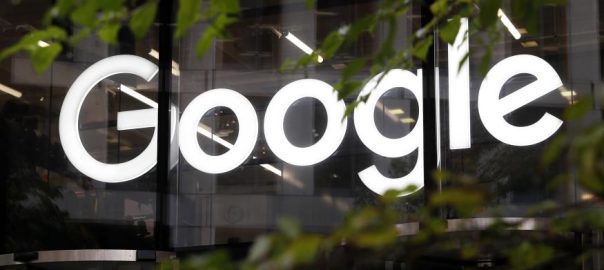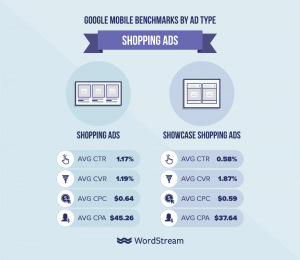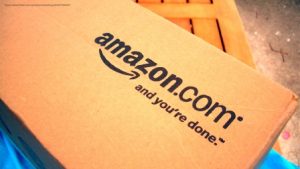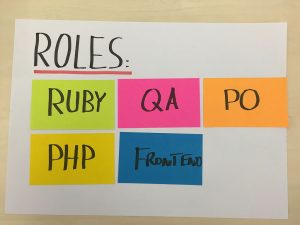Google refutes claims it violated its own guidelines and misled advertisers
Google has denied “extremely inaccurate claims” that it may have violated its own rules and misled advertisers over ad viewership on third-party websites.
Through the Google Video Partner (GVP) network and TrueView (an ad product that’s also used on YouTube), the company handles placement of video ads on external websites and apps. According to The Wall Street Journal, Google tells brands that their ads will be on “high-quality” sites, appear before the main content of a video and run with audio on. It also says that advertisers won’t pay if users skip the ads. However, a third-party analytics company suggested in a report that Google fails to live up to these standards around 80 percent of the time.
Adalytics said the ads often appear on lower-quality websites, such as those with misinformation or pirated content, and that they can be positioned in small video players on the side or bottom of the screen, away from the main “in-stream” content. Some of the ads run without any audio, according to the report, while in other cases, there were was “little to no video content in between consecutive TrueView ads.” Adalytics says other ads autoplayed without the viewer engaging with them.
In some instances, the company notes, the skip button that typically appears after five seconds was obscured, forcing viewers to watch the whole ad. That’s “a direct violation of Google’s quality standards for TrueView ads,” Adalytics says, and it may have contributed to artificially inflated ad metrics, leading to advertisers paying more.
Adalytics reviewed ad campaigns for more than 1,100 brands between 2020 and this year. It says customers that might have bought “muted, auto-playing, mis-declared TrueView skippable in-stream inventory include” the US government, the European Parliament, Disney+, HP, Samsung, Sephora, TikTok, Microsoft and General Motors. As it happens, some other Google divisions (Google Career Certificates and Google Workspace Domains) are on the list.
Media buyers Adalytics shared the report with accused Google of conducting “ad fraud” and suggested brands weren’t getting what they paid for. Others have demanded a refund. The “misalignment” could have cost brands billions in advertising dollars, Adalytics said. One “major consumer goods brand” found that 20 percent of a $75,000-plus campaign budget was directed toward YouTube channels, with the remainder spent on ads that ran on third-party destinations such as investing.com and Candy Crush Saga.
Google has firmly rejected the report’s findings. The company’s global video solutions chief, Marvin Renaud, asserted in a blog post that Adalytics “used unreliable sampling and proxy methodologies.” An “overwhelming majority of video ad campaigns” run on YouTube, Renaud claimed, with brands having the option to opt out at any time from running their ads on GVP-affiliated apps and websites.
I can’t emphasize how deeply unprepared Google executives are for the world of hurt they’re about to face down pic.twitter.com/COICnch6NS
— Nandini Jammi (@nandoodles) June 28, 2023
However, Adalytics noted that some types of TrueView ad campaigns have been included in GVP by default since around July 2019. It also pointed to a Google support article which states that certain video ad campaigns don’t allow the customer to opt out from having ads running on third-party sites and apps. According to another support article, in April 2022, Google started automatically enrolling certain TrueView campaigns that opted out of GVP network into the program.
“There are multiple types of campaigns and we offer opt outs of GVP for each of them,” Google’s ads product liason Ginny Marvin said in a statement. “For some, like TrueView campaigns, it’s in Google Ads. For some performance campaigns, like Video Action, we’ve seen that advertisers see the best performance when they reach relevant, larger audiences. For these campaigns, advertisers can always work with their account reps if they want to exclude GVP inventory.”
Meanwhile, over 90 percent of GVP ads “are visible to people across the web,” Renaud argued. “We use real-time ad quality signals to determine if people are present and paying attention that help us decide whether to serve a video ad in a Google Video Partner site or app.”
In addition, Renaud wrote, Google rigorously enforces policies that prohibit third-party sites from using deceptive or disruptive techniques to generate advertising revenue, such as placing ads in hidden browser windows. Renaud added that, last year, Google stopped running ads on more than 143,000 websites it deemed to violate its rules.
The Adalytics claims come as Alphabet faces close scrutiny over its advertising practices. The Department of Justice sued the company earlier this year in an attempt to break up its ad business. This month, the European Union said in a preliminary finding that the only remedy it could see for Google to address its antitrust concerns would be to sell off part of the advertising empire.
Update 6/28 2:00PM ET: Added details from Google’s support articles.
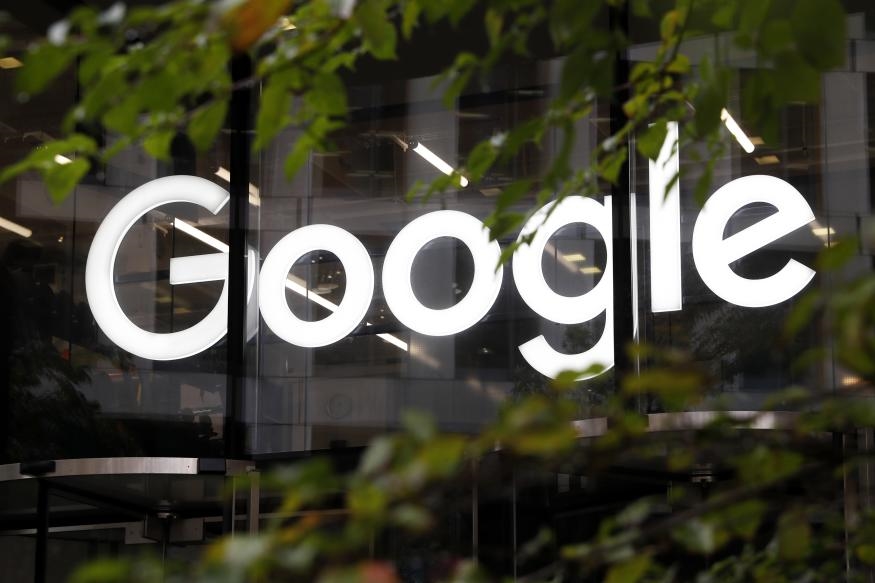
(11)
Report Post